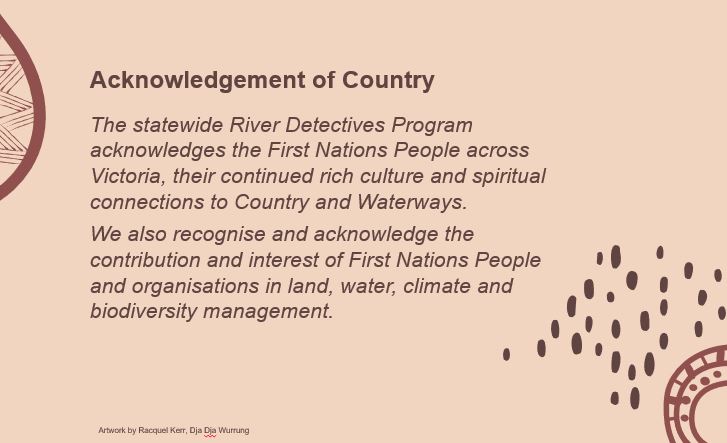Climate Change
Explore how our climate is changing and what we can do about it
Students create an early flood warning system for their town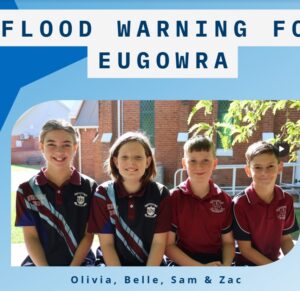
Young St Joseph’s PS students from Eugowra NSW have developed an early flood warning system for Eugowra after unprecedented floods devastated their town in 2022. They presented their project to expert adults from around the country at the Floodplain Management Australia national conference in Melbourne in May 2025. Their inspiring video is such as great example of student-led inquiry-based practical learning, community collaboration and advocacy, innovation to create an early flood warning system and a powerful way for these students to alleviate some of the trauma they lived through.
|
Smart Gardens For A Dry Climate booklet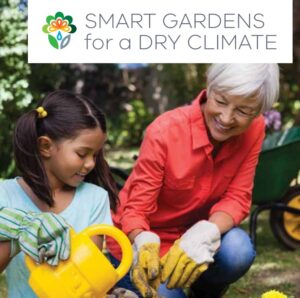
Looking to establish a water-wise garden at your school or at home? There are plenty of good ideas in this booklet from Coliban Water.
|
Dramatising La Nina and El Nino climate patterns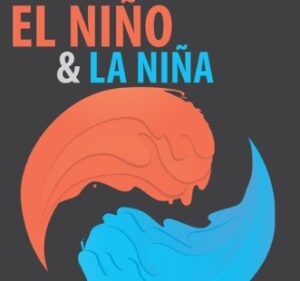
Bridgewater PS requested a River Detectives incursion to help their students understand the factors that had contributed to the significant flooding their town experienced in October 2022. Coordinator Nicole involved the students in this dramatisation to understand La Nina and El Nino.
|
“Wave Of Change” picture story book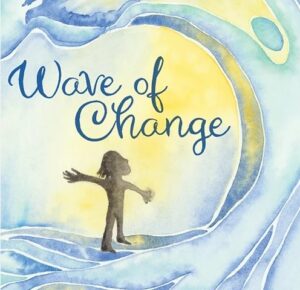
This sequel to “When Water Lost Her Way” is the perfect tool for discussing climate change with water security as the focus. This second book by Meg Humphrys is a gentle introduction, a call to action. fostering positivity and hope over fear for the future. You can watch the online reading recorded by the River Detectives program or purchase the book here. We have also recorded a webinar with Meg Humphrys to discuss the book, inspire students about what they can do and share innovative climate change solutions being implemented in the water industry. Watch the primary school version or the secondary school version.
|

